1. Cave Alapraia ( Grutas to Alapraia )
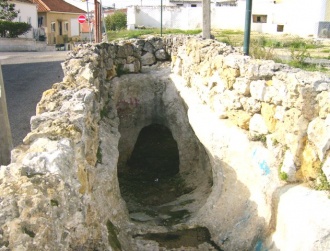
In the center of the nearby villages of Alapraia, artificial cave was discovered, which together make up a necropolis consisting of four underground graves throughout ( hypogea ) . These caves date from the last quarter of the fourth millennium BC, and it is believed that people continue to use them for the same purpose for most of the third millennium BC. The necropolis consists of two well-defined main areas - the vestibular area and burial chambers . Burial chamber was built as a large circular room with a skylight in the center. Both areas are covered with tiles. When they discovered the cave , the remains were exhumed and , together with all kinds of items, available to tourists in the District Castro Guimaraes Museum , Cascais.
3. Fort San Pedro to Cadaveira (Forte de S. Pedro da Cadaveira )
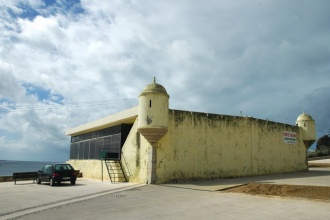
Residents of the area this fortress generally called Old Fort . This building was built between the 1642nd and in 1643. Was on the right bank of the Ribeira Cadaveira . The fort was an integral part of the coastal defense line .
5. Fort San Joao da Cadaveira and de San Teodosio (Forte de S. João da Cadaveira ou de S. Teodósio )
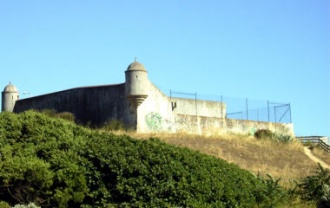
This impressive structure overlooking the S. João do Estoril , located on the left bank of the Ribeira . The fortress was built 1642nd , and was built as part of the defensive line of the Portuguese coast .
2. Liberation Chapel ( Capela do Livramento )
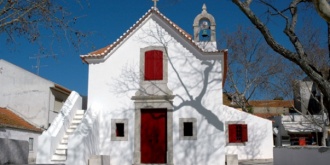
The chapel is located in the center of the village at the crossroads . Chapel freed along with its walled church garden and fountain , still represent a valuable municipal property and part of the cultural heritage of the parish in Estoril. The chapel was built in the late eighteenth century , following the devastation caused by the earthquake of 1755. This building is an example of Baroque religious architecture . The altar in the chapel is extremely artwork consisted of paintings of the Virgin and Child surrounded by figures of St. Sebastian and St. John. Fountain, which is located in a churchyard was later raised and dates from the period around 1923 .
4. Fort Santo Antonio da Barra (Forte de Santo Antonio da Barra )
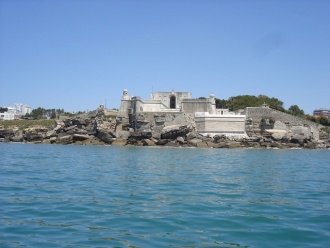
The fortress is perched above the entrance Sao Joao do Estoril , the superior position relative to the beach. This building with the powerful features of the Renaissance , which dates back to the sixteenth century , was designed by Friar John Vincenzo Casale and later expanded and renovated Leonardo Turrian . The fort with its moat surrounding it is one of the most impressive buildings of military architecture in this area .
This settlement is , except for its beaches , known for several fortresses that surround it .
Related content: Map of Monte Estoril